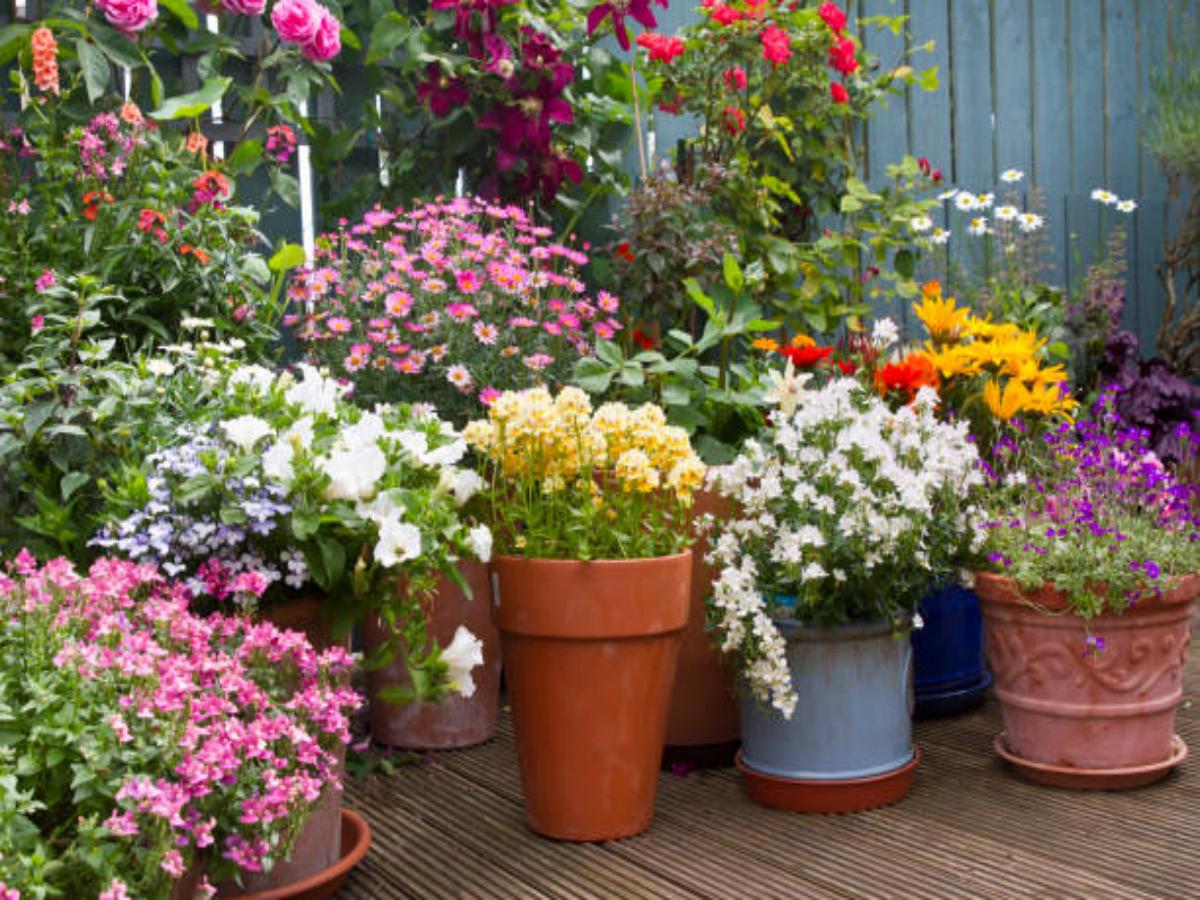Terracotta vs. Ceramic: Which is the Best Option for Plants?
When it comes to choosing the right type of pot for your plants, there are various options available in the market. Two popular choices are terracotta and ceramic pots. Both have their own unique characteristics and benefits. In this article, we will explore the differences between terracotta and ceramic pots and help you decide which one is better for your plants.
1. Understanding Terracotta Pots
Terracotta pots are made from clay that is fired at a low temperature. They have a distinctive reddish-brown color and a porous texture. These pots are known for their breathability, allowing air and moisture to pass through the walls of the pot. This promotes better drainage and prevents waterlogging, which can be beneficial for plant health.
2. Exploring Ceramic Pots
Ceramic pots, on the other hand, are made from clay that is fired at a higher temperature. They come in a wide range of colors and finishes, making them a popular choice for indoor plants. Unlike terracotta pots, ceramic pots are non-porous and do not allow water to evaporate through the walls. This can be advantageous in situations where you want to retain moisture for longer periods.
3. Porosity and Watering Needs
One of the key differences between terracotta and ceramic pots is their porosity. Terracotta pots have high porosity, which means they allow water to evaporate more quickly. This can be beneficial for plants that require well-drained soil and do not tolerate excess moisture. On the other hand, ceramic pots have low porosity, which can help retain moisture and be suitable for plants that prefer consistently moist soil.
4. Insulation and Temperature Regulation
Terracotta pots have natural insulation properties, helping to regulate soil temperature. They absorb excess moisture and release it slowly, keeping the soil cool during hot weather. This can be particularly advantageous for plants that are sensitive to heat stress. Ceramic pots, while not as effective in insulation, can still provide some temperature regulation depending on their thickness and glazing.
5. Weight and Durability
Terracotta pots are generally heavier than ceramic pots due to their porous nature. This can make them more stable and less prone to tipping over, especially for larger plants. However, it also means they can be more challenging to move around. Ceramic pots, on the other hand, are lighter in weight and easier to handle. They are also more durable and less prone to cracking compared to terracotta pots.
6. Aesthetics and Style
If you value aesthetics and want to enhance the overall look of your plant display, ceramic pots offer a wide range of styles, colors, and finishes to choose from. They can add a touch of elegance and sophistication to any indoor or outdoor setting. Terracotta pots, with their natural and rustic appearance, are better suited for a more traditional or earthy aesthetic.
7. Cost Considerations
When it comes to cost, terracotta pots are generally more affordable compared to ceramic pots. Their production process is simpler, and the raw materials used are less expensive. Ceramic pots, especially those with intricate designs or handmade craftsmanship, can be more costly. However, it is essential to consider the long-term benefits and durability when making a purchasing decision.
8. Maintenance and Care
Terracotta pots require regular maintenance as they are more susceptible to staining and mineral buildup. They should be cleaned periodically to prevent any potential issues. Ceramic pots, on the other hand, are easier to clean and maintain. They are less likely to absorb stains and can be wiped down with ease. However, it is important to note that both types of pots should be monitored for any signs of damage or wear.
9. Consider Your Plant's Needs
Ultimately, the choice between terracotta and ceramic pots depends on the specific needs of your plants. Consider factors such as water requirements, temperature sensitivity, and aesthetic preferences when making your decision. Some plants may thrive in terracotta pots, while others may prefer the moisture-retaining properties of ceramic pots. It is also worth experimenting with both types to see which works best for your gardening style.
10. Final Verdict: Which is Better?
There is no definitive answer to whether terracotta or ceramic pots are better for plants. It ultimately comes down to personal preference and the specific needs of your plants. Terracotta pots are great for promoting drainage and air circulation, making them a suitable choice for plants that prefer drier conditions. Ceramic pots, on the other hand, are ideal for plants that require more moisture and can add a touch of style to your indoor or outdoor space. The key is to understand the characteristics and benefits of each type and choose accordingly.

